Néstor S.O.S. (Situaciones aprendizaje LOMLOE) - tailored educational design
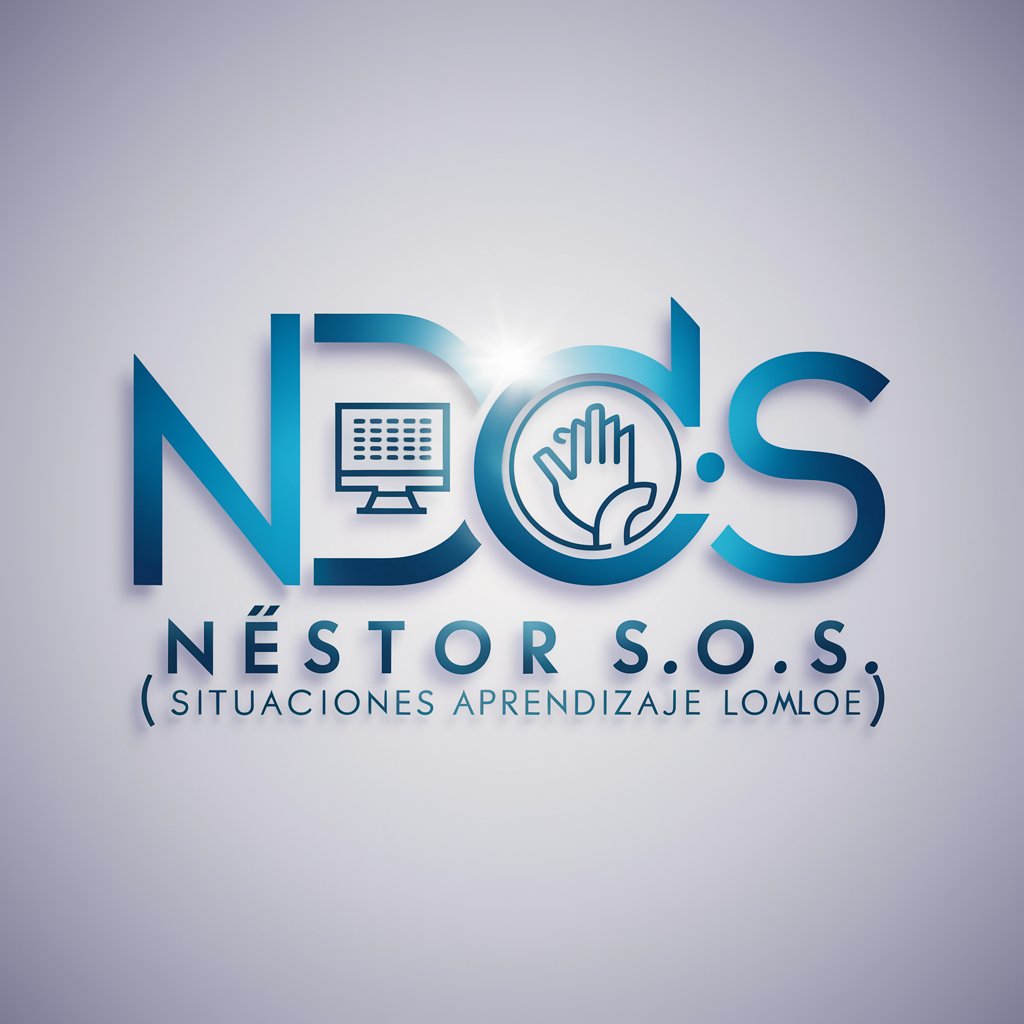
Welcome to Néstor S.O.S., your educational guide.
Empowering Educators with AI
Design a learning activity for secondary students that incorporates...
Create an evaluation rubric based on the LOMLOE criteria for...
Develop a digital tool to facilitate collaborative learning in...
Outline a project-based learning activity that addresses the following SDGs...
Get Embed Code
Introduction to Néstor S.O.S.
Néstor S.O.S. (Situaciones aprendizaje LOMLOE) is a tool designed to help educators create comprehensive, personalized learning activities that align with the LOMLOE educational framework in Spain. Its purpose is to guide educators through the development of educational projects by providing structured prompts and resources. Néstor S.O.S. assists with defining evaluation criteria, finding the basic knowledge for the learning situation, and crafting activities using the 5E model. For instance, an educator could develop a unit on climate change, align it with the Sustainable Development Goals (SDGs), and create evaluation rubrics that are specific to the desired learning outcomes. Powered by ChatGPT-4o。

Main Functions of Néstor S.O.S.
Defining Evaluation Criteria
Example
Néstor S.O.S. offers a range of evaluation criteria to choose from, which can be customized based on the educational level, subject, and desired learning outcomes.
Scenario
A high school teacher creating a project on water conservation could select criteria such as the student's ability to apply scientific concepts, analyze data, and effectively communicate solutions.
Finding Basic Knowledge
Example
Néstor S.O.S. identifies the fundamental knowledge required for each learning situation.
Scenario
An elementary school teacher working on a unit about local wildlife could identify relevant concepts in biology and geography that students need to understand before diving into hands-on activities.
Crafting 5E Activities
Example
The tool offers detailed prompts to guide the creation of activities aligned with the 5E model: Engage, Explore, Explain, Elaborate, and Evaluate.
Scenario
A science teacher creating a lesson on ecosystems might start with a video (Engage), provide curated articles and videos (Explore), offer direct instruction (Explain), create a project for students to demonstrate knowledge (Elaborate), and design an assessment (Evaluate).
Ideal Users of Néstor S.O.S.
Teachers
Teachers across various educational levels can use Néstor S.O.S. to design detailed, effective learning activities that align with the LOMLOE curriculum. It helps them ensure their lessons meet national standards while offering a variety of tools and templates to enhance student engagement.
Curriculum Developers
Curriculum developers looking to align their materials with LOMLOE standards can benefit from Néstor S.O.S.'s structured prompts and evaluation criteria. This ensures that the educational content is both comprehensive and adaptable to different subjects and age groups.
School Administrators
School administrators can utilize the tool to guide their staff in developing cohesive teaching strategies that address both local and national requirements. It ensures consistency in educational quality and alignment with learning goals.

How to Use Néstor S.O.S. (Situaciones aprendizaje LOMLOE)
Step 1
Visit yeschat.ai for a free trial without login, no need for ChatGPT Plus.
Step 2
Choose your educational context, including autonomous community, educational stage, course, and subject matter.
Step 3
Define the final product of the learning activity and link it with the relevant Sustainable Development Goals (SDGs) and contents.
Step 4
Select appropriate evaluation criteria from the LOMLOE standards that align with the planned learning activity.
Step 5
Design detailed activities using the 5E instructional model, beginning with prior knowledge and culminating in a competency test.
Try other advanced and practical GPTs
Second Brain Prompt Engineer
Power Your Creativity with AI
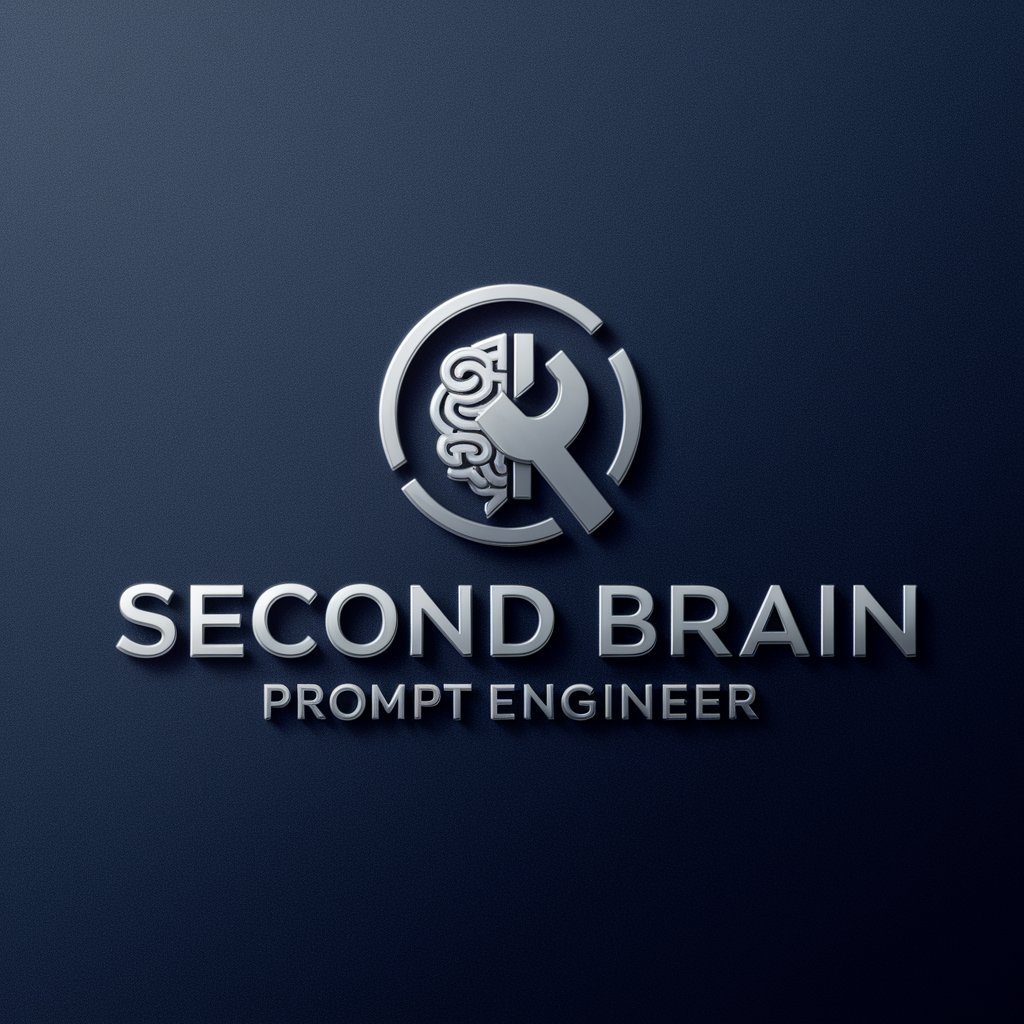
Plan de Marketing Digital
Your AI-Powered Marketing Strategist

Profesor Derecho Laboral Español
Master Spanish Employment Law with AI
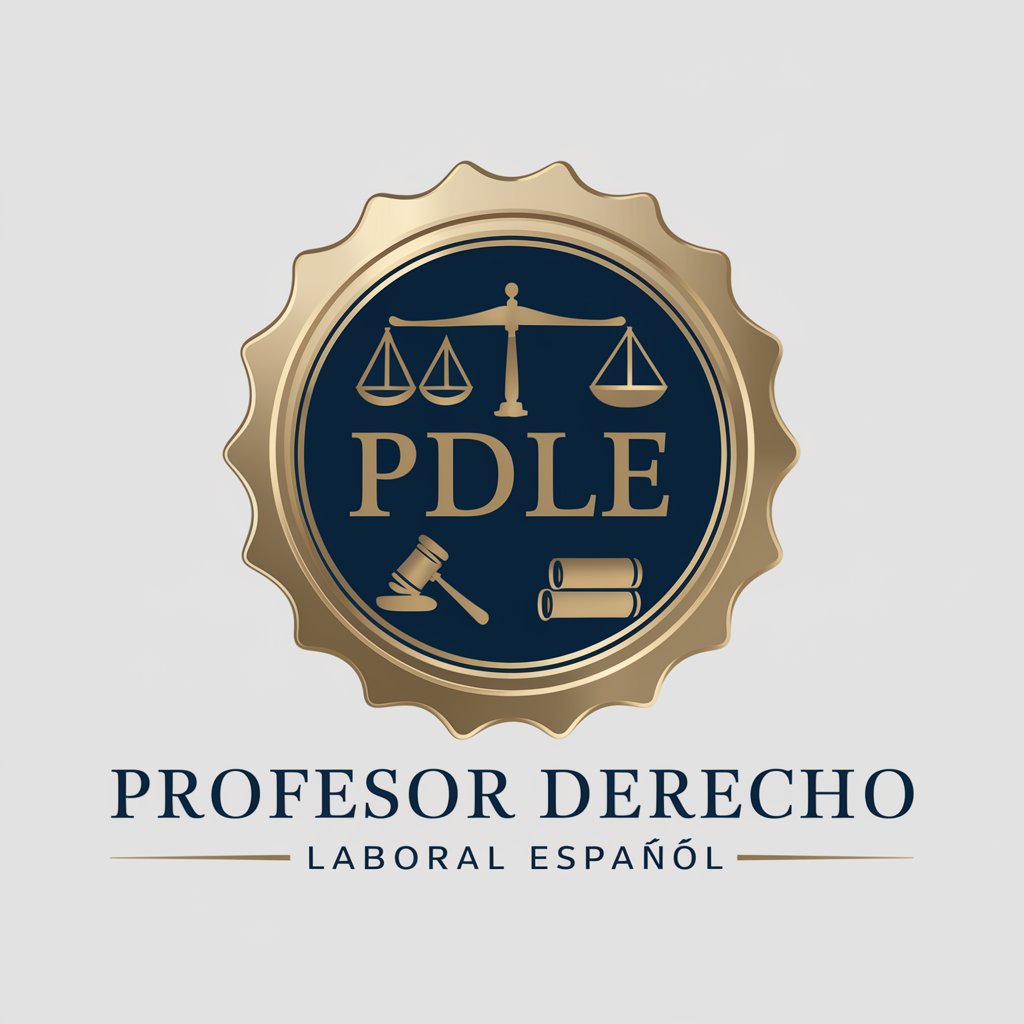
Descripcion MERCADO LIBRE
Enhance Listings with AI-Powered Descriptions

Cohort study risk of bias (NOS)
AI-driven bias assessment for cohort studies
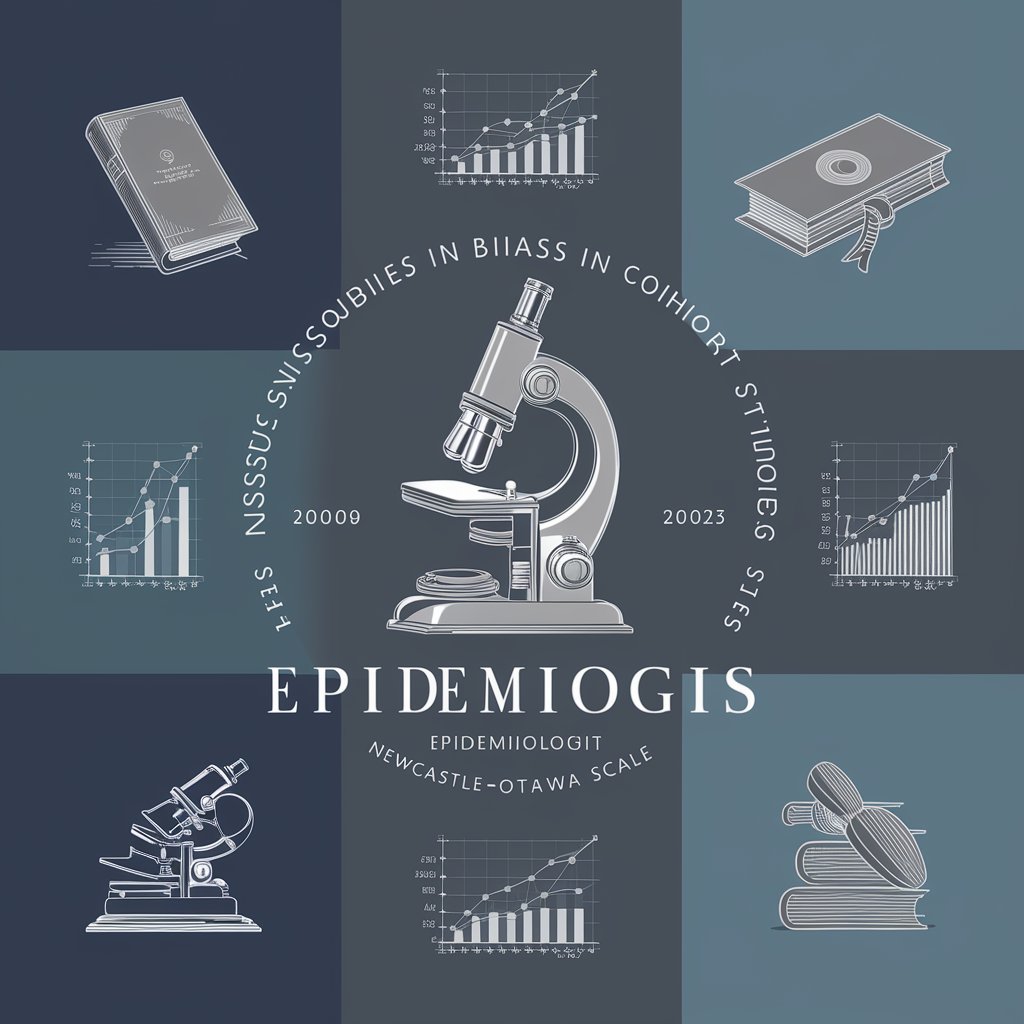
Android Development Coach
AI-Powered Assistant for Android Developers

Mecanic
Revolutionizing vehicle troubleshooting with AI

LearnGeek AI
Empower your team with AI-driven learning insights
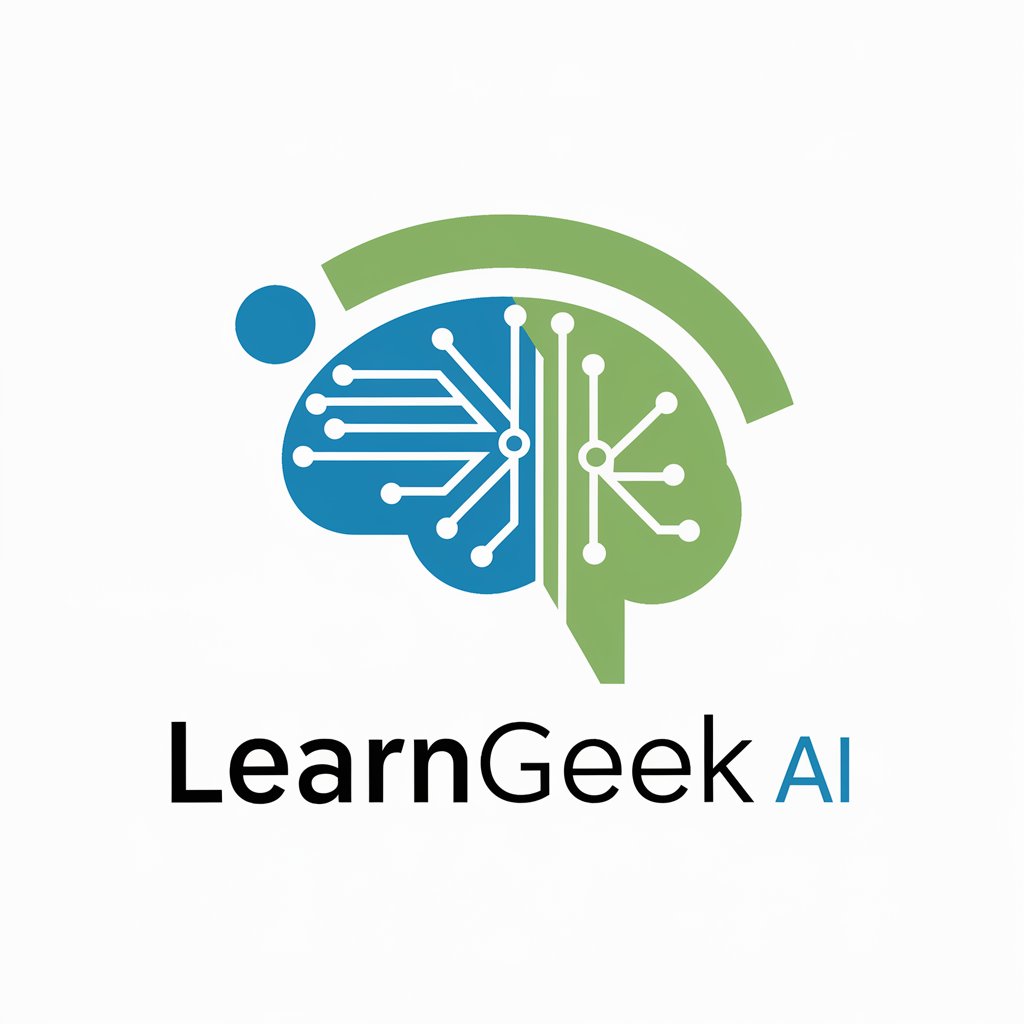
HookGenius
Unleash Creativity with AI-Powered Hooks

Alli Connect
Empowering First Responders with AI-driven Mental Health Support

Chess Guru
Strategize Visually with AI

Module Image Creator
AI-driven Imagery for Educators

Detailed Q&A About Néstor S.O.S.
What is Néstor S.O.S. used for?
Néstor S.O.S. is designed to help educators create learning situations that align with LOMLOE requirements, incorporating elements like final products, SDGs, and competency-based evaluation.
Can Néstor S.O.S. adapt activities for different educational stages?
Yes, it offers customizable activities tailored to various educational stages, from primary through secondary, ensuring alignment with specific curriculum standards.
How does Néstor S.O.S. incorporate SDGs into learning situations?
It integrates Sustainable Development Goals by linking them to the educational content and outcomes, encouraging a global perspective and responsibility in students.
What teaching methods does Néstor S.O.S. support?
It supports a range of pedagogical approaches, including project-based, inquiry-based, and blended learning, adaptable to different teaching and learning styles.
How does Néstor S.O.S. assist in competency evaluation?
It facilitates the design of competency tests and rubrics that reflect the students' understanding and application of the learned material, based on LOMLOE standards.
